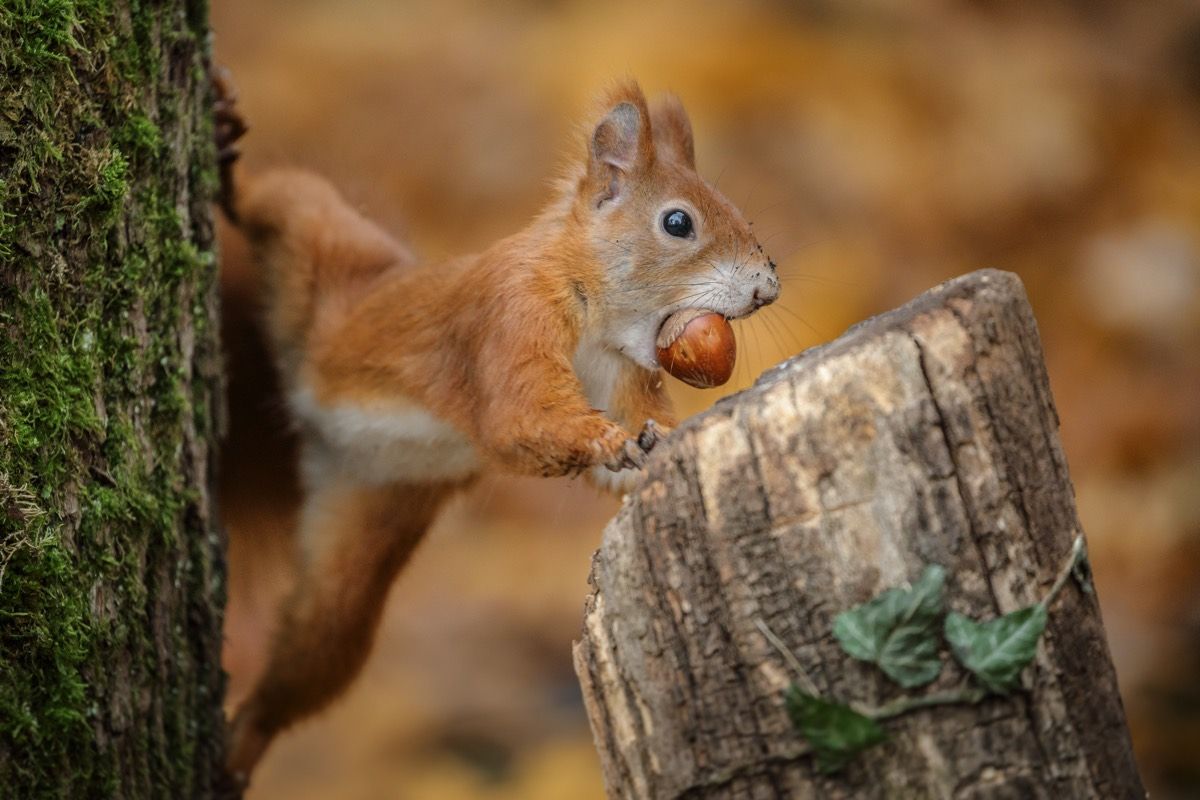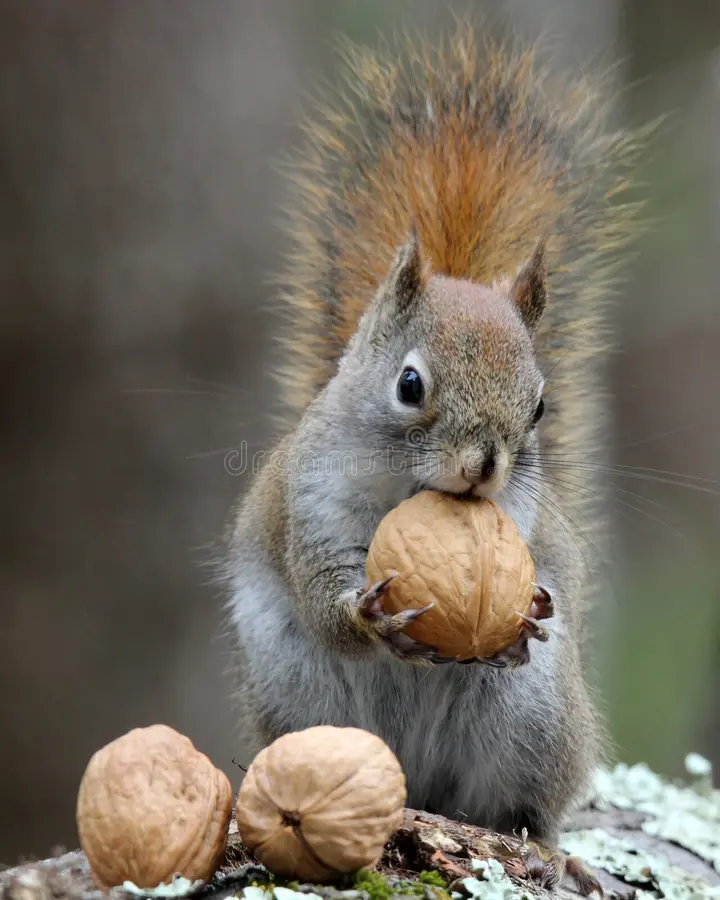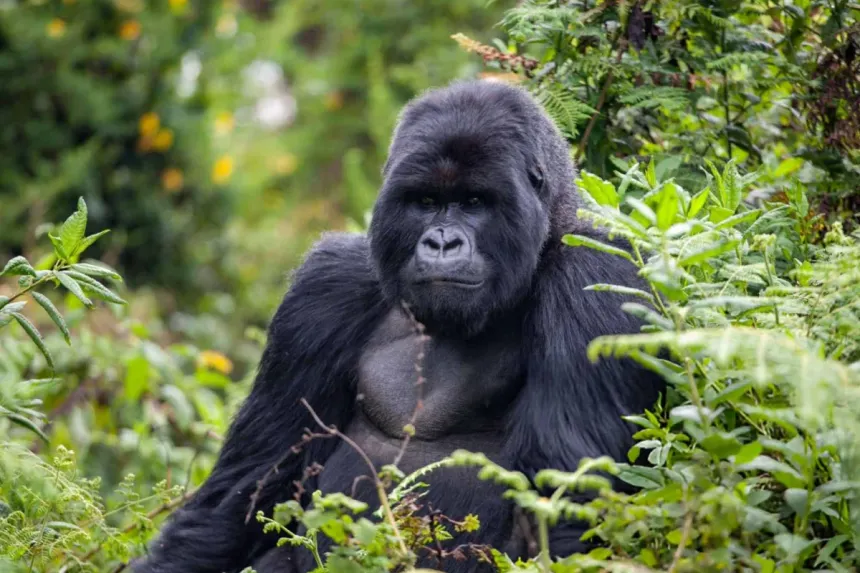Where Do Squirrels Hide Their Nuts

Where Do Squirrels Hide Their Nuts? — A Peek into Nature’s Tiny Hoarders
Squirrels are among nature’s most diligent little workers, especially as the seasons change. One of their most iconic behaviors is collecting and hiding nuts to prepare for the colder months when food becomes scarce. This activity, known as “caching,” helps squirrels survive winter by giving them access to stored energy when fresh food is no longer available.
Squirrels hide their nuts using two primary methods: scatter hoarding and larder hoarding. Scatter hoarding involves hiding individual nuts in hundreds of small locations across a wide area, while larder hoarding is when squirrels store many nuts in a single, large stash. Most tree squirrels, such as the Eastern Gray Squirrel, use the scatter hoarding technique, burying each nut in a separate spot to reduce the risk of losing all their food to thieves or spoilage.
These resourceful rodents choose various hiding places for their stashes. In natural environments, they often dig shallow holes in the ground, drop in a nut, and cover it with soil, leaves, or grass. They also make use of tree bark crevices, hollow logs, and the space beneath piles of leaves. In urban settings, squirrels get even more inventive — hiding nuts in flowerpots, gutters, attics, or even under car hoods.
Remembering all these hiding spots might seem impossible, but squirrels are equipped with an excellent memory and a strong sense of smell. They use landmarks such as rocks, trees, and buildings to locate caches, and when memory fails, they rely on their noses to sniff out buried treasure. However, their recall isn’t perfect. On average, squirrels recover about 60–80% of their hidden nuts. The rest remain buried and may eventually sprout into trees — unintentionally aiding forest growth and regeneration.

Incredibly, squirrels are known to employ tricks to protect their caches. If they sense another animal watching, they may pretend to bury a nut, then quickly hide it elsewhere when the coast is clear. They also rotate and relocate their hoards to further reduce the chances of theft by other animals like birds or rival squirrels.
While squirrels may forget some of their hidden snacks, their behavior serves a greater ecological purpose. Many trees, particularly oaks and other nut-bearing species, owe their presence to a squirrel’s forgotten stash. In this way, squirrels act as accidental but effective forest planters, contributing to biodiversity and tree dispersal.
In conclusion, squirrels are far more than nut-burying critters — they are intelligent, adaptable creatures whose behaviors are vital to their survival and beneficial to the environment. So next time you spot a squirrel digging in the dirt, remember: it might just be planting the next forest.



